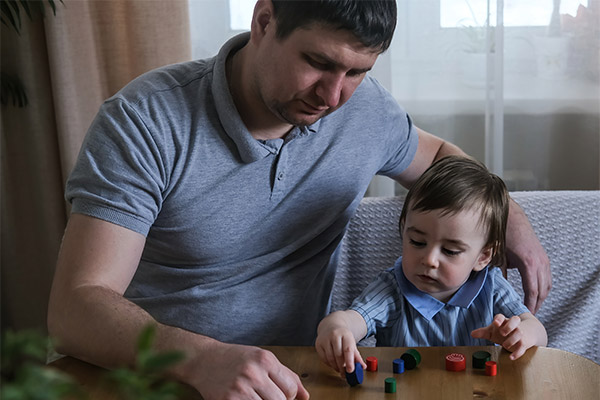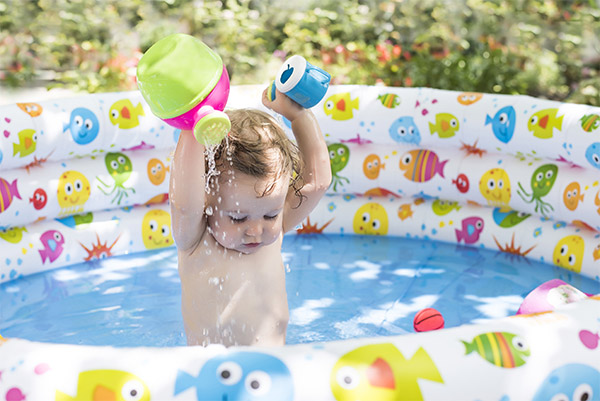Opening a lunchbox, putting on buttons, or cutting with a pencil or scissors are all examples of fine motor skills. The effectiveness of one’s fine motor skills significantly impacts both the quality and speed with which one completes a task. Effective fine motor skills require the simultaneous use of several distinct abilities to manipulate an object or complete a task. In this article, we will learn what is the importance of fine motor skills and what type of fine motor activities for toddlers are available.
Why Fine Motor Skills? and Fine Motor Activities
What Is The Significance Of Fine Motor Skills?

When it comes to everyday tasks like dressing, opening lunch boxes, brushing teeth, and using cutlery (to name a few), fine motor skills are a crucial component. A child’s self-esteem and academic performance can suffer if they are unable to perform these everyday tasks. As a result, they may not be able to develop the necessary life skills to be truly independent.
The development of motor skills varies among children. However, young children with fine motor skills may have difficulty performing basic tasks like holding utensils, moving small things with their fingers, and using tools (such as scissors) safely and efficiently. They may have trouble with simple tasks like tying their shoes. Personality development for kids helps in developing and enhancing fine motor skills.
Does My Kid Have Fine Motor Skill Issues?
A child may have issues with fine motor skills if the following conditions are found:

- For their age, they have a poor pencil grip.
- Get frustrated with their inability to create neat things with simple tools like a pencil or pen.
- When using a computer keyboard or mouse, they quickly become tired.
- When cutting with scissors, they get a messy or choppy result.
- Perform fine manipulation tasks with difficulty.
- Do not enjoy tasks that require a high degree of hand-eye coordination (e.g., construction).
- Are unable to independently perform age-appropriate self-care tasks.
- It’s difficult for them to pick up new fine motor techniques.
- It’s easy to get tired while performing fine motor tasks.
However, there are various activities that kids can undertake to help improve their fine motor skills.

Here Are Some Of The Fine Motor Activities For Toddlers:
-
Putty and Play-dough:

As part of a sensory diet, play dough and putty are frequently used. The fine motor skills of a child can also be improved with their use. With the play clay, encourage your child to squeeze, stretch, pinch and roll “snakes” or “worms” into shapes. Play-dough can even be cut with scissors by your child. Three types of sensory-friendly slime, including putty, are covered in this tutorial.
Visit: benefits of meditation for kids
2. Painting Activities:

Your child’s hand-eye coordination and manual dexterity can be improved by introducing them to various painting techniques. Finger painting is a great way for kids to get creative while also allowing them to get their hands dirty. A brush is a tool, and kids learn how to use it more effectively when they paint with one. Paint-by-number kits are a great way to get the hang of brush painting.
3. Sponge Squeeze:

You only need a new, clean sponge, some water, and two bowls to play this fine motor activity. Place some water in one bowl while leaving the other untouched. The sponge can be soaked in water and then squeezed out of the water into another bowl by your child. Hands and forearms benefit from this simple game. A “Wet-Dry-Try” multisensory handwriting activity can also be done with a sponge cube and a small chalkboard and chalk.
4. Catch That Rice:

You’ll need two plastic bowls and an empty one for this task. Tweezers for children and adults are available in a variety of shapes and sizes. You can then compete by using tweezers to transfer your rice into the empty bowl. If your child is having a hard time because the rice grains are too small, you may want to start by using O-shaped cereal or pony beads.
5. Water Sports:

Put about a quarter of the water in a cup and shake it well. Take a clean medicine syringe or an eyedropper and give your child a cup with no liquid inside. Use a dropper or syringe to draw water from one cup into another, then have your child try to transfer it using this method. Alternatively, give your child additional cups, color the water with food coloring, and conduct a color mixing experiment.
Visit: creative learning activities for kids
6. Gardening And Cultivating Crops:

Some parts of digging and gardening require fine motor control, even if they appear to be more suited to gross motor skills. It is necessary to have good hand-eye coordination when moving seedlings into a new location in the garden, for example. When planting seeds, your child will need to be able to hold a trowel in one hand and a pincer grip in the other.
Summing up
Kids develop fine motor skills as they grow up. The above-mentioned fine motor activities for toddlers can ensure that your child develops these fine skills at an appropriate age. However, you can give your child a perfect start to their fine motor skills development by enrolling them in a top personality development school. These skills are essential for their future growth and functioning. So, ensure they have all your love and support at this age.


